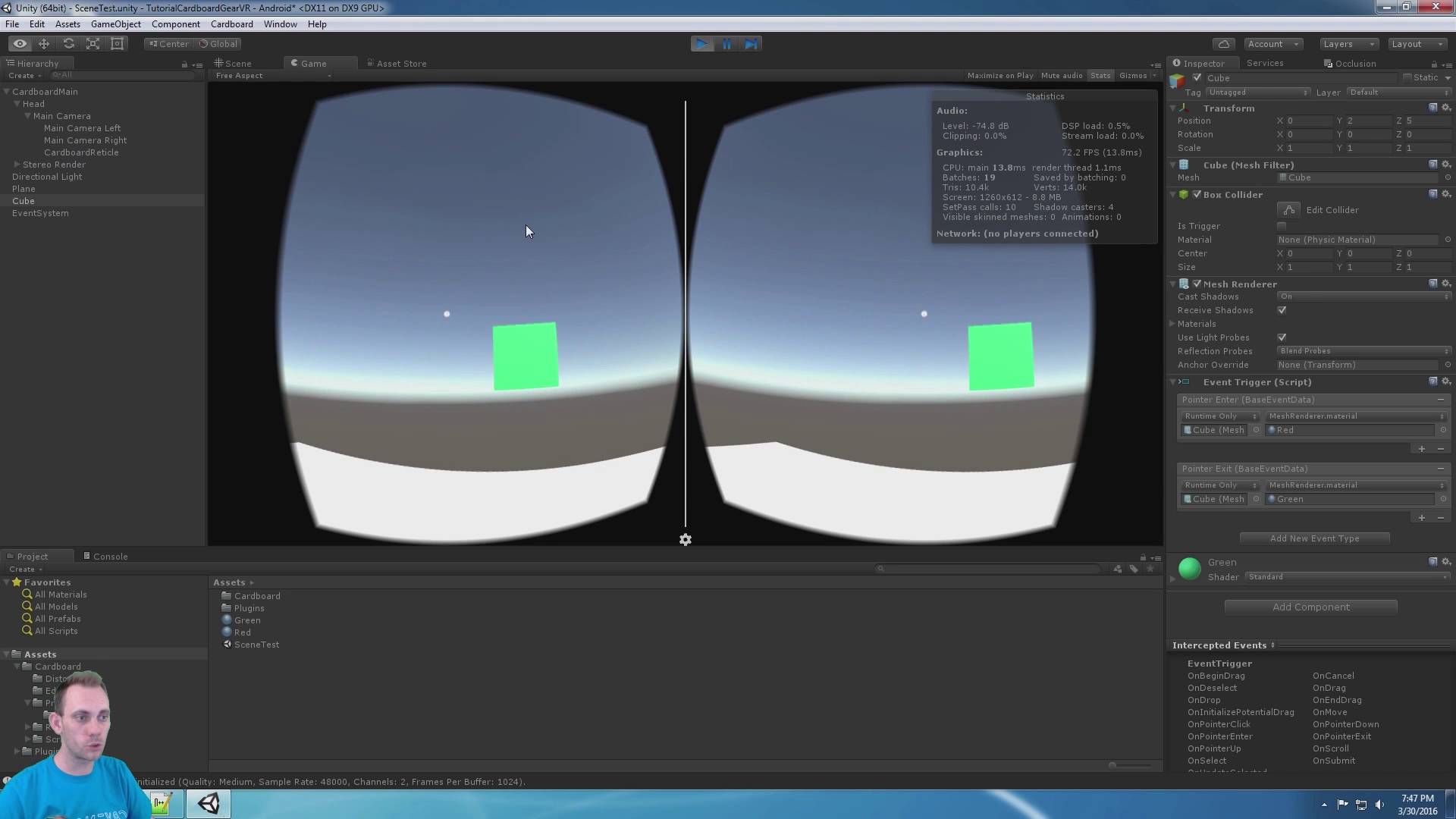

It will easily become a natural part of the development process. the camera button) so you can't catch that in Unity without writing a subclass of UnityNativeActivity.This SDK is configured using Unity standard components and will be highly familiar to Unity developers. The Ke圜ode enumeration doesn't include Glass keys (i.e. (One note of warning: a serious 3D scene will get the GPU pretty warm.) Caveats Plug your Google Glass into a USB cable, and "File > Build and Run" works on the device. Copy the default AndroidManifest.xml from inside the Unity app bundle (Unity.app/Contents/PlaybackEngines/AndroidDevelopmentPlayer) to Assets/Plugins/Android and modify it to use the voice trigger XML, by putting the follow block into the activity tag: Plugins/Android/res/xml/my_voice_trigger.xml: įinally, you need to add the voice trigger to the app manifest. Create the folder "Assets/Plugins/Android/res/xml" and the voice trigger XML resource. Like any GDK app, you will need to create the resource files for the voice trigger.


You can easily detect individual taps on with AndroidInput.touchCountSecondary. Use the AndroidInput.GetSecondaryTouch() static method to get touches on the Glass touchpad. Unity's Input.gyro will work with the gyroscope in the device, so you can rotate the Unity camera to match for fun augmented reality effects. Set the minimum SDK to API 15, set the orientation to Landscape Left, and (optionally) set the Game view size to 640 x 360. Yes, I have built for Glass directly from Unity.


 0 kommentar(er)
0 kommentar(er)
